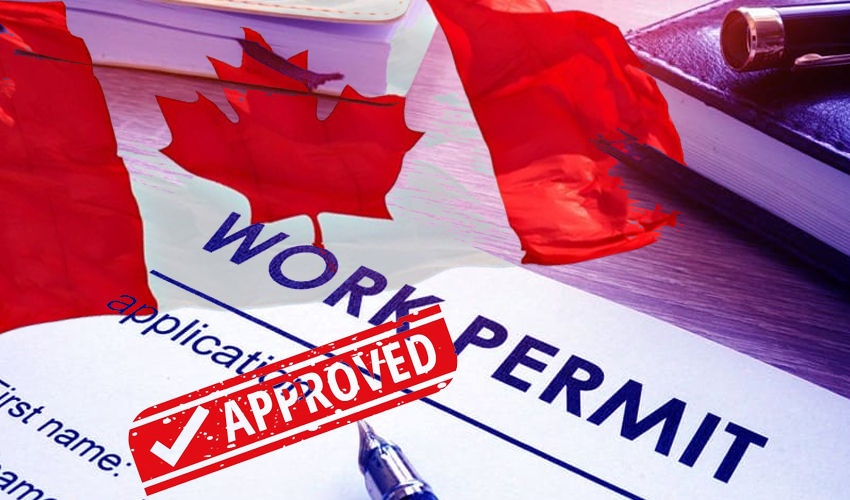Visa Guide
Work Visa Requirements by Country
When it comes to working abroad, understanding the specific work visa requirements of each country is essential.
Different countries have different regulations and visa categories for foreign workers.
In this article, we will discuss the work visa requirements for the United States, the United Kingdom, Australia, and Canada.
1. United States
For those looking to work in the United States, the most common work visa is the H-1B visa. This visa is specifically designed for foreign workers in specialty occupations that require a higher level of education, such as engineers, scientists, and IT professionals. The H-1B visa requires sponsorship from a U.S. employer and has an annual cap, making it highly competitive.
Other work visa options in the U.S. include the L-1 visa for intra-company transfers, the O visa for individuals with extraordinary abilities in arts, sciences, or athletics, and the E visa for investors and traders. Each visa category has its own specific requirements and eligibility criteria.
⚠️ Beware of Jobs and VISA Scams – Read our guides carefully and APPLY directly using our links and buttons. Application is free! Don’t pay anyone claiming to be a travel or Job Agent!
2. United Kingdom
In the United Kingdom, the main work visa category is the Tier 2 (General) visa. This visa is for skilled workers who have a job offer from a UK employer and a valid Certificate of Sponsorship. To be eligible, applicants must meet certain skill level and salary requirements.
Additionally, there are other visa categories such as the Tier 1 (Entrepreneur) visa for individuals looking to start a business in the UK, the Tier 5 (Youth Mobility Scheme) visa for young people from certain countries, and the Tier 4 visa for international students who want to work during or after their studies.
3. Australia
Australia offers several work visa options for foreign workers. The most common is the Temporary Skill Shortage (TSS) visa, which replaced the previous 457 visa program. The TSS visa is for skilled workers nominated by an approved employer to fill positions that cannot be filled by the local labor market.
Other work visa categories in Australia include the Employer Nomination Scheme (ENS) visa for permanent skilled workers, the Regional Sponsored Migration Scheme (RSMS) visa for regional employment, and the Working Holiday visa for individuals aged 18-30 from eligible countries.
4. Canada
Canada provides various work visa options for foreign workers. The most popular is the Temporary Foreign Worker Program (TFWP), which allows Canadian employers to hire foreign workers to fill temporary labor market shortages. The TFWP includes different streams such as the International Mobility Program and the Seasonal Agricultural Worker Program.
Moreover, the Express Entry system is a popular pathway for skilled workers to immigrate to Canada permanently. It uses a points-based system to evaluate candidates based on factors like age, education, language proficiency, and work experience.
It is important to note that the work visa requirements mentioned above are subject to change and may vary based on individual circumstances. It is advisable to consult the official government websites or seek professional advice to ensure accurate and up-to-date information.
In conclusion, if you are considering working abroad, understanding the work visa requirements of the country you wish to work in is crucial. Each country has its own visa categories and eligibility criteria, so thorough research and proper guidance are essential to navigate the process successfully.







Pingback: Who Needs a Visa Sponsorship and Why? Explained Clearly
Pingback: What is Visa Sponsorship? Everything You Need to Know